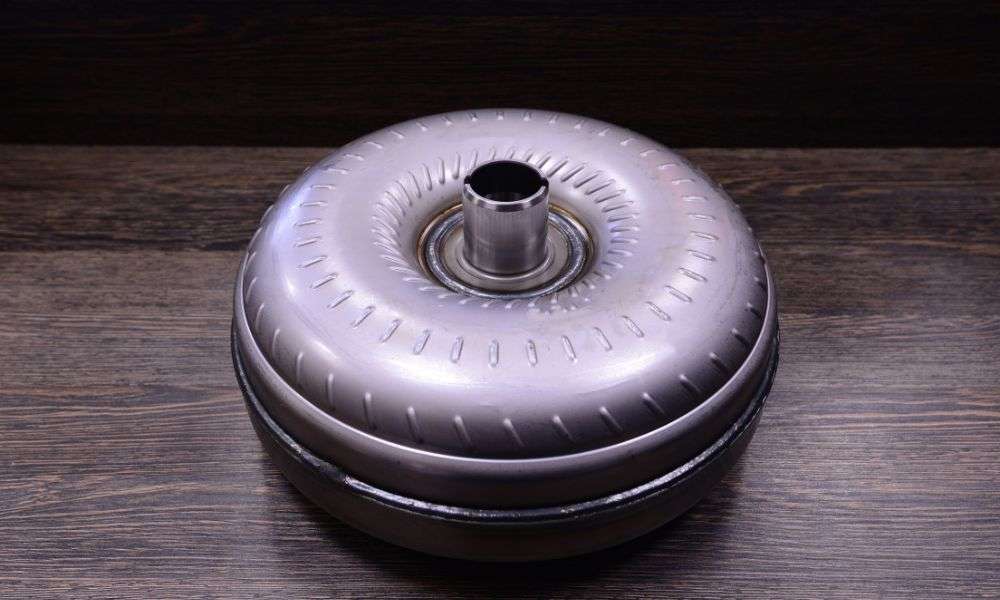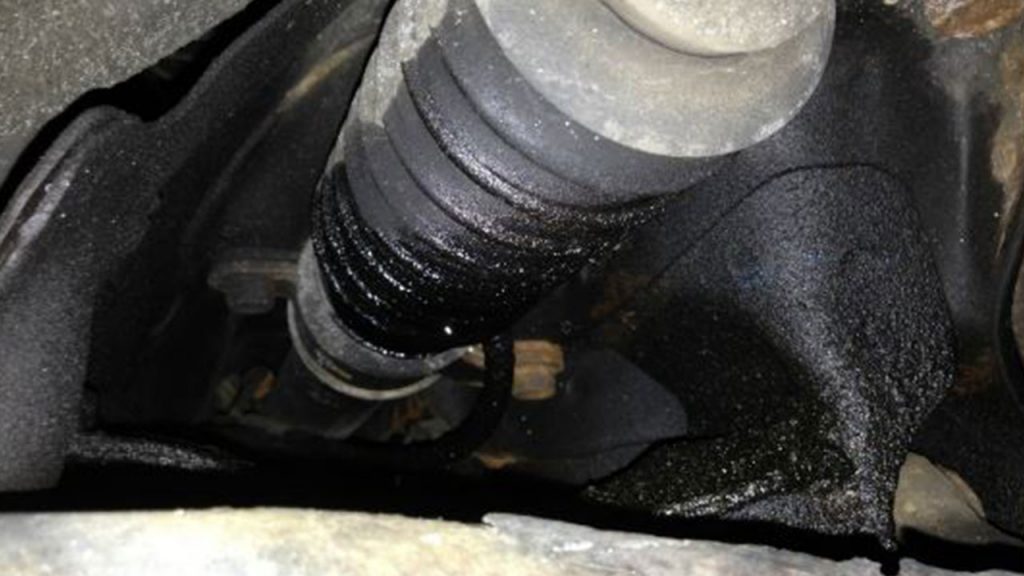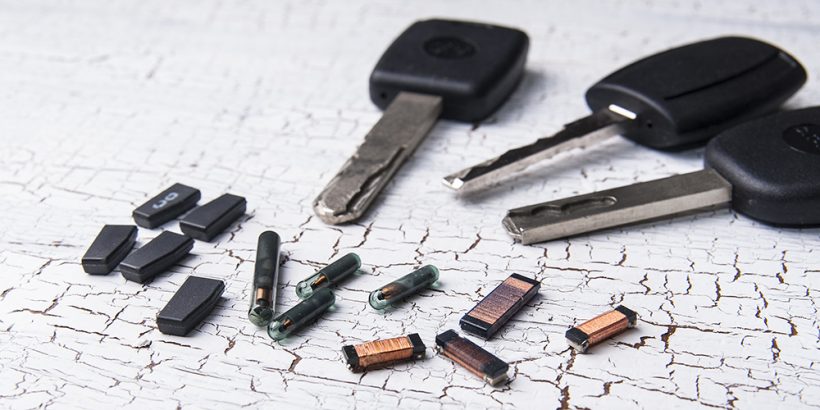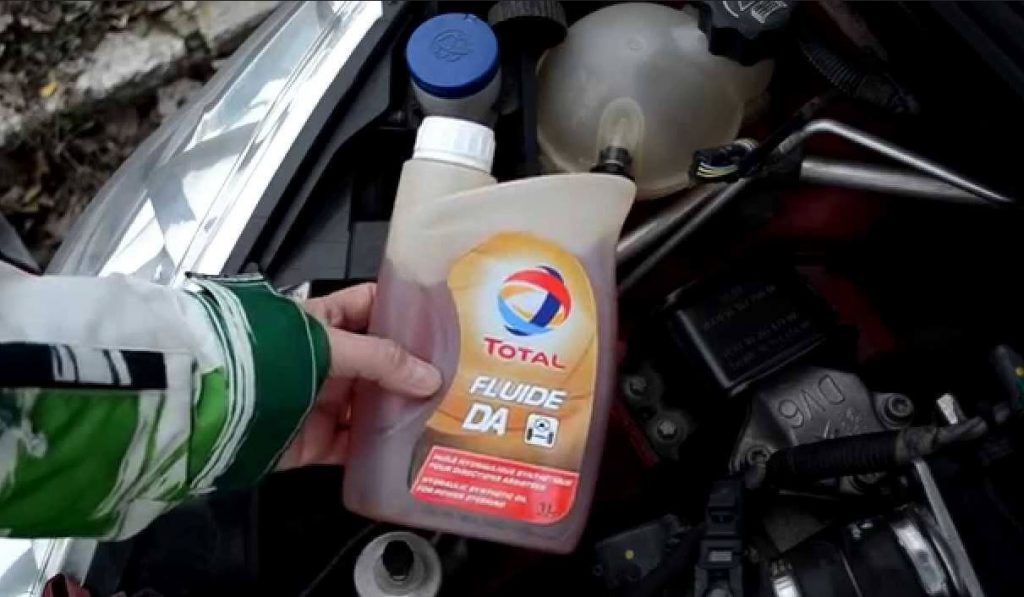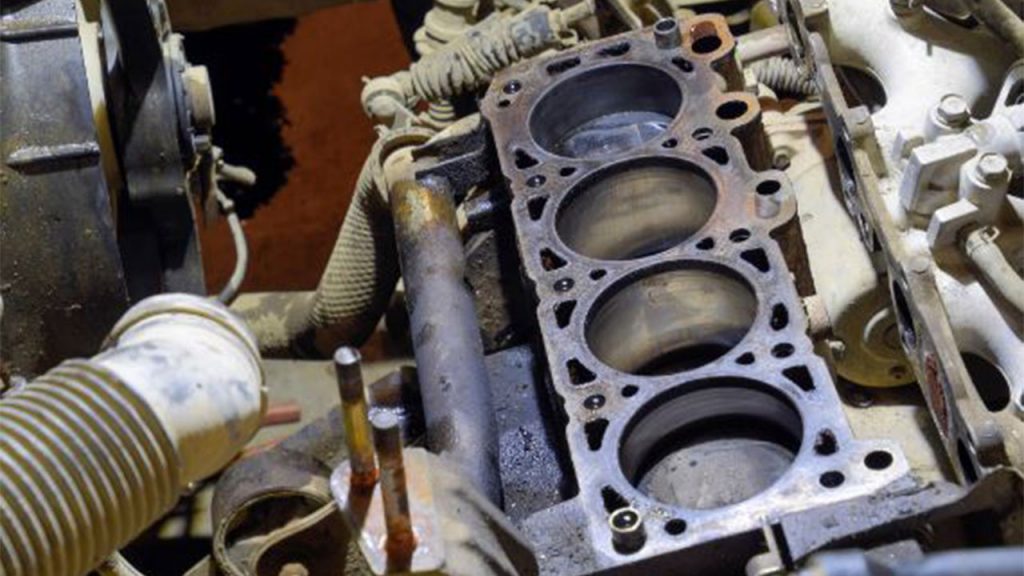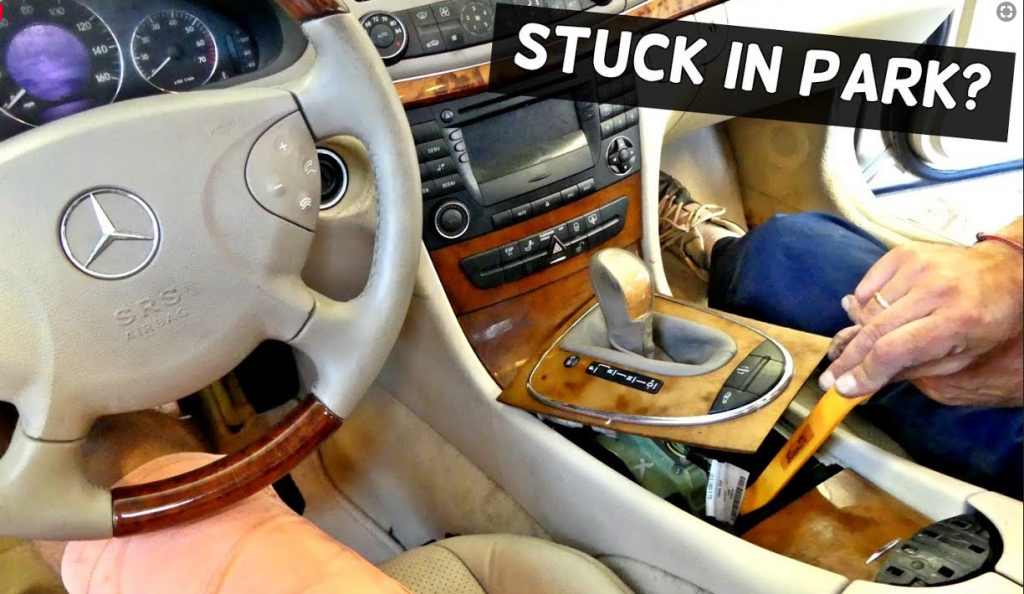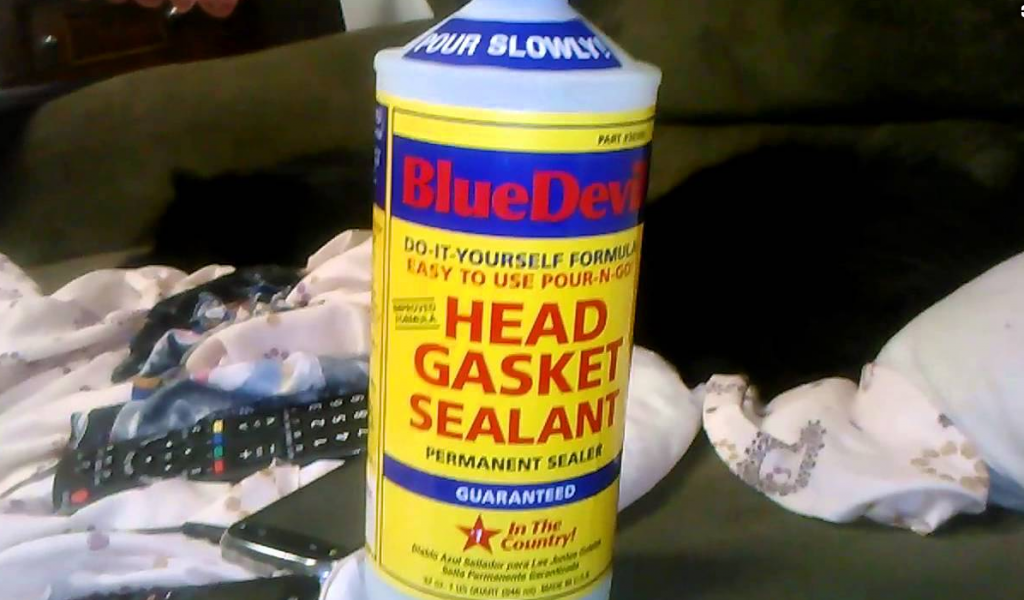The heartbeat of an automatic transmission is the Torque Converter Shudder! It is the crucial connection between the engine and transmission that provides smooth, powerful operation. But it can also fail like any complex mechanical part. One of the most annoying issues you might encounter is torque converter shudder. It’s awkward and unsettling and often marks that something is wrong. Learning why this problem occurs and how to resolve it can save you money on costly repair bills while keeping your vehicle gliding comfortably down the road.
Symptoms of Torque Converter Shudder
When you begin feeling your torque converter shudder, the signs are hard to ignore; Among the most common and most noticeable is that there’s a very, very pronounced shaking or vibration during acceleration. Or even when cruising on level terrain at a steady speed. This shudder can be everything from a minor annoyance to a serious problem; it feels as though your car is at war with itself. Along with this loose feeling, you may sense harder or longer shifting the gears, biting when they couldn’t previously. Compounding this is the disconcerting whirring grind of what’s likely indicating something isn’t quite right within your torque converter.
What Causes Torque Converter Shudder?
There are multiple suspects as to what causes torque converter shudder, but it’s not the ONE thing that is wrong.
- Dirty Fluid: You will need one to prevent your fluid from becoming dirty because it can cause other problems in the transmission. The result is friction and, ultimately, the embarrassing shudder.
- Low on Fluid: There are times when the torque converter doesn’t have enough automatic transmission fluid due to a lack of maintenance and it starts causing slipping.
- Bad Torque Converter Clutch (TCC): At running speeds, the TCC locks the converter. If it’s unable to engage or disengage properly, you may again notice erratic engine performance and shaking.
- Worn Components: There are parts that can wear out in the turbine or stator of the torque converter, resulting in a shudder as the torque converter fails inside.
- Overheating: If transmission fluid overheats, it can damage the converter’s performance, causing erratic shifting and that bothersome shudder.
Diagnosing Torque Converter Shudder
The diagnosis for torque converter shudder begins with a check of your transmission fluid. If the fluid appears dark in color, has a burnt or off odor, or is low in level, those are all indicators that it’s time for a substitution. The cleanliness of the pure fluid is important to ensure that the converter functions without problems. Then you will have to take notice of how your vehicle is performing at various speeds. This example can be carried a step further by a professional mechanic who will run a diagnostic computer check to call out any error codes that pertain to the torque converter or transmission.
Transmission Shudder at Low RPM
If, in fact, you feel the shuddering during lower RPM, it is possible that your torque converter clutch is not engaging properly. When the car is moving slowly, the engine may not be spinning quite fast enough to make power despite your foot being down; it could also have nothing at all to do with your foot position, since this is programmed by software or adjusted by the fluid’s coefficient of friction in between gears and might not lock/unlock when necessary. This may also be the result of an imbalance in the converter’s elements or insufficient fluid pressure.
How To Fix Torque Converter Shudder – A Step By Step Guide
Check Transmission Fluid
Begin by taking a look at your transmission fluid. Make sure it is at the right level and not contaminated. Here’s how: If the fluid appears filthy or smells burnt, flush it out and replace it with good-quality fluid made for your vehicle’s make and model.
Replace the Torque Converter Clutch
A high-failure part is the clutch. It locks the converter when you are cruising, and when it fails, you feel shudders. Professional help is typically necessary because, in most cases, removal of the drain and replacement with a new one is not easily accomplished.
Check and replace the transmission pump
If the transmission pump is failing, you can have decreased pressure in the fluid, causing your shudder. If the pump is worn, it must be repaired or replaced so you can have the correct flow of fluid.
Address Worn Components
If things like the turbine or stator are worn, they will need to be replaced. This can be labourious and costly as it might require dismantling the gearbox.
Check for Overheating
Overheating is the number one cause of torque converter failure. Make sure your car’s cooling system is in good working order and that the transmission fluid isn’t running too hot. You may want to install a transmission cooler if it’s needed to maintain proper temperature.
Preventing Future Torque Converter Shudder
An ounce of prevention is worth a pound of cure. Just like a child and his toys, if you take care of it, your torque converter will last longer. Regular fluid checks, as well as timely replacements, are some good ways to keep that baby in top condition. Do remember to change the transmission fluid every 30,000-60,000 miles if applicable to your car. Inspect the cooling system and fluid level daily, to keep from overheating. Other tips to prolong the life of your catalytic converter are avoiding heavy towing and excessive driving in severe conditions. How A Torque Converter Lock-up Clitch Improves Efficiency?
Torque Converter Clutch Shudder Symptoms
The shudder is created when the torque converter clutch cycles on and off repeatedly. You might notice the car jumping or shaking upon acceleration, or when you slow it down. Slow shifting or slipping is also a classic sign. If you think your TCC may be bad, it is a good idea to get an expert mechanic to look at and replace it so that once again you can enjoy smooth shifting gears.
Can Bad Fluid Cause Torque Converter Shudder?
Absolutely. Dirty or low transmission fluid is also a major contributor to torque converter shudder. It “breaks” lubrication, which results in friction and then vibration. Keeping the fluid nice and fresh will allow the torque converter to do its job well, and avoid shuddering altogether.
When to Seek Professional Help
If you’ve attempted to identify and solve the issue yourself, but are still getting the shudder, then it may be time to bring in the pros. Transmission problems can be difficult to diagnose yourself without the help of a trained mechanic. Only an experienced mechanic will be able to properly access and diagnose repairs.
Conclusion
Torque converter shudder also feels like a vibration, but binds up in the end, causing engine stalling in extreme cases. Whether it’s due to low fluid, a bad clutch, or overheating, finding and solving the problem now can save you from having to buy a whole new transmission later on. Maintenance, fluid management and regular repairs are the best way to ensure it will. But! Follow some footings, you can get rid of shit shudder and have a nice, comfortable drive for heaps/ages.

